Our Traditional Soul Cakes are crisp warm spiced fruity biscuits that are perfect for dunking in a cup of tea. They are also so delicious buttered and topped with cheese and chutney. This year, English Heritage is attempting to bake life back into the British medieval tradition of souling, (which is similar to the more modern trick-or-treating), where medieval peasants would go around their village knocking on doors and entertaining the neighbours with an entertaining wee ditty - a song or more likely a prayer. The medieval souler would receive a sustaining home-made Soul Cake in return, and as a result the belief was that a soul was saved from purgatory.
This Halloween and All Souls Day why not bake up your own batch of Soul Cakes and ask your family, friends, and visitors, for a joke, a song, a prayer, a poem, or just a friendly few words, in exchange for one of your home-baked Soul Cakes. Doing so might just save a few souls by hastening their way into Heaven as they once thought in the medieval times.
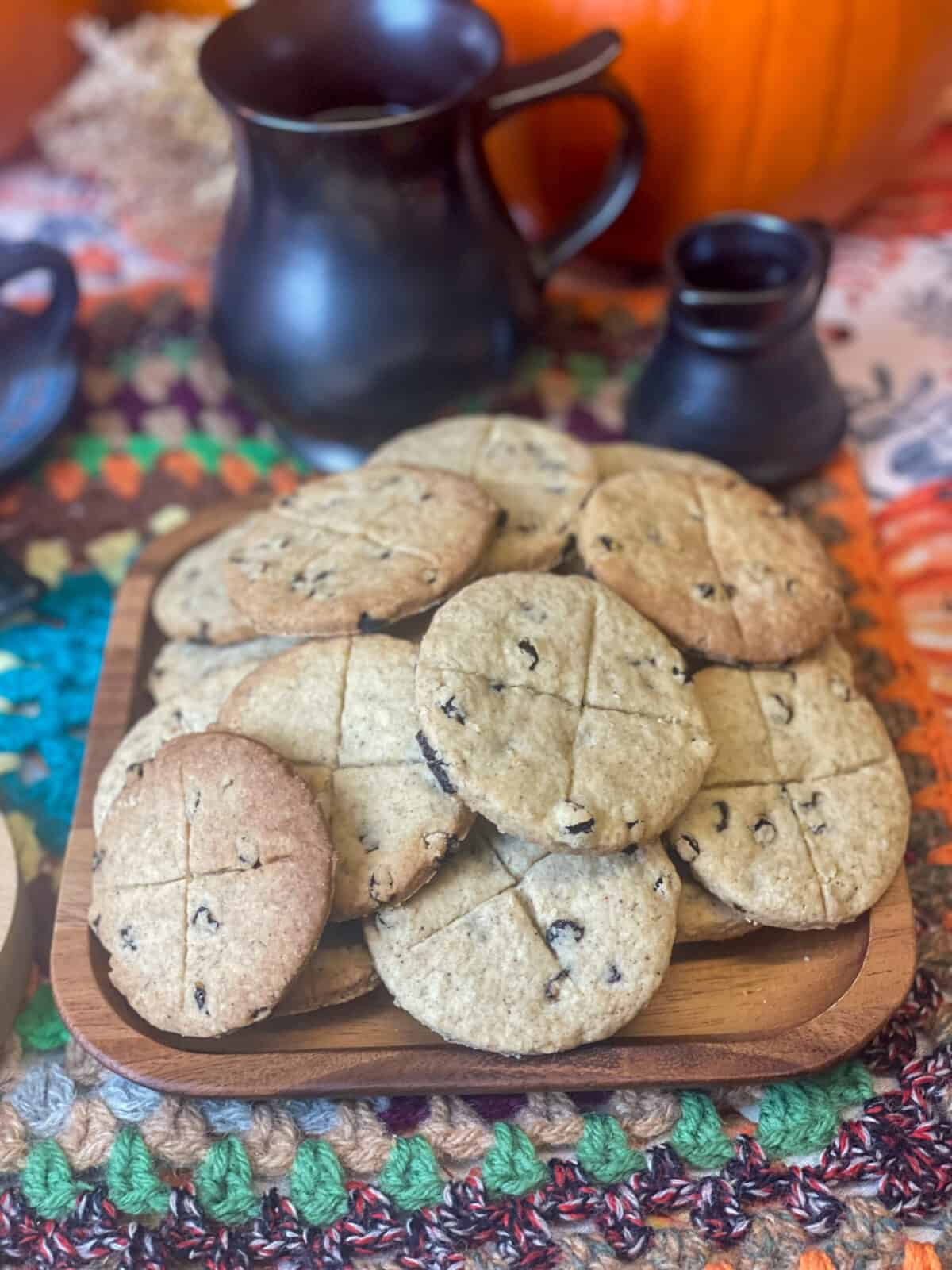
In the 17th century, on All Souls Day, Soul Cakes were piled high on a family table and visitors were treated to a soul cake and they would recite the words- ''A soul cake, a soul-cake, Have mercy on all Christian souls for a soul-cake.''Our Soul Cake recipe is adapted from the English Heritage recipe but we have changed a few ingredients to create a vegan soul cake that is good enough for everybody's souls!
Jump to:
🕯️ What is a traditional British soul cake?
Soul Cakes date back to the 15th century when even then they were regarded as old-fashioned! [although people were still baking Soul Cakes during the 19th century]. A Soul Cake is a small, round, spiced biscuit that dates back to medieval England. The Soul Cake may have been flavoured with spices such as allspice, nutmeg, cinnamon, ginger, with possibly raisins or currants included, but exact recipes are not known. It was believed that once you ate a soul cake it would release a soul from Purgatory, so it was a tasty way to save souls.
These cakes were traditionally baked around the time of All Souls' Day, a Christian holiday honouring the dead. The custom was for children and village peasants to go "souling," which meant they would go from door to door singing and praying for the souls of the deceased. In exchange for their prayers, they would receive Soul Cakes.

Soul Cakes serve as an edible connection to the past, and helps us understand medieval beliefs about life, death, and the hereafter, and how beliefs were held that mortal eating could have an affect on souls. Over time, the tradition of baking, sharing, and eating Soul Cakes has gone stale, but there are plenty of good folks still baking Soul Cakes as a way to honour and keep this British tradition alive.
The tradition is thought to be a mixture of pagan and Christian beliefs. The pagan Celts celebrated Samhain, a festival which marked the end of harvest and the beginning of winter, a time when the veil between the world of the living and the dead was considered thin. After the spread of Christianity, many of these customs were incorporated into Christian traditions like All Saints' Day [November 1st] and All Souls' Day [November 2nd].
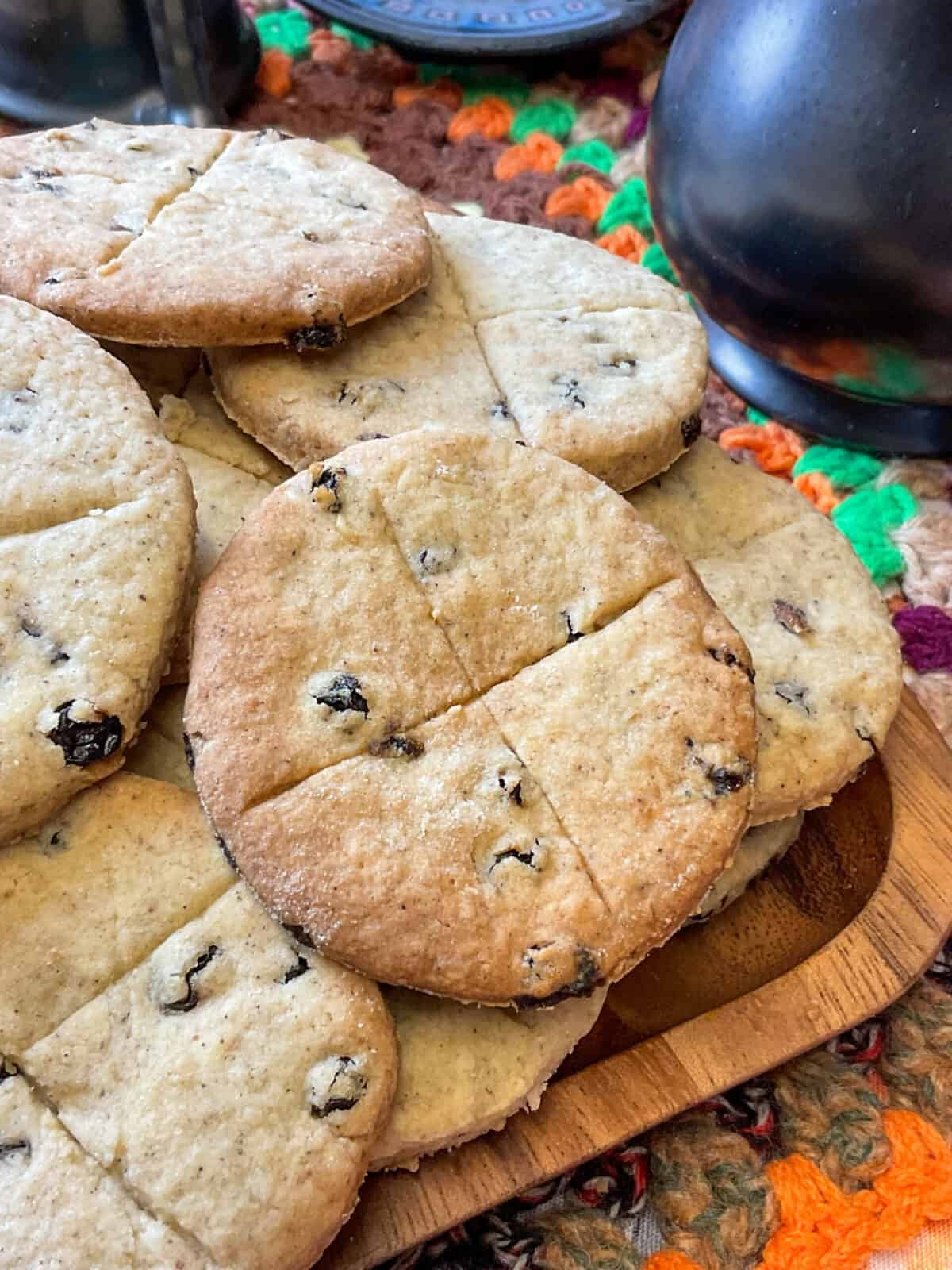
🌕 What is Samhain?
Samhain is an ancient Celtic festival that was traditionally celebrated from the evening of October 31st to the evening of November 1st. The festival is considered one of the four major Celtic seasonal festivals, along with Imbolc, Beltane, and Lughnasadh.
Samhain is a time when the veil between the physical world and the spiritual world is believed to be at its thinnest. This allows for easier communication with the deceased and the tapping into of spiritual or mystical realms. It's a time to honour ancestors, celebrate the harvest, and prepare for the harsh winter months ahead.
In terms of folklore, it's often associated with spirits, fairies, and other supernatural beings. Fires were traditionally lit to ward off evil spirits and guide the souls of the departed. People also engaged in divination practices, attempting to foretell the future, especially concerning marriage and wealth.

Image source: Canva Pro
When Christianity spread to Celtic lands, many of the traditions of Samhain were incorporated into the Christian holidays of All Saints' Day [November 1st] and All Souls' Day [November 2nd]. This is one of the reasons why the custom of celebrating Halloween (All Hallows' Eve) has similar themes of spirits and the supernatural.
Food, of course, played a major role in Samhain celebrations as it was a time when people would have a communal feast before the long dark winter months set in. They would also set places at the table for deceased family members as a way to honour and invite their spirits to join in the celebrations.
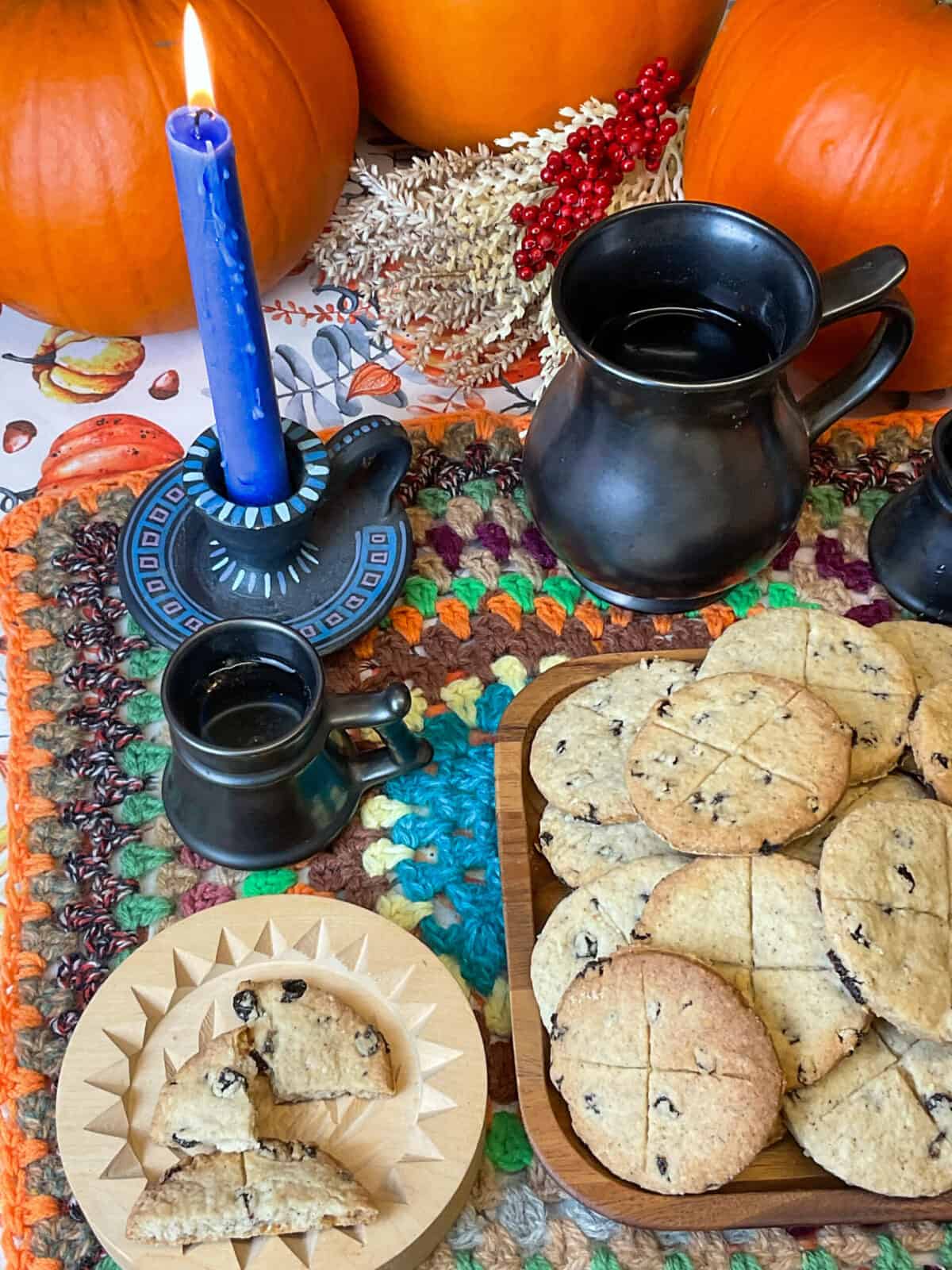
🙏🏽 All Souls Day
Soul Cakes were traditionally prepared for All Souls Day [2nd November]. A family table would be piled high with a batch of home-baked soul cakes and it was believed that it was a charitable act to give Soul Cakes to the folk who came visiting especially the poorer folk in search of sustenance.
It was not a completely altruistic act, though, as it was believed that by donating the Soul Cakes the giver was also gaining brownie points for their own soul at the same time as helping departed souls gain entry to Heaven.
By the 17th century Soul Cakes were being provided on mass to the poorer members of society and by the 19th century the tradition had moved on to mainly the village kids going around the neighbourhood doors collecting Soul Cakes and other treats such as apples, a very similar custom to the modern days 'trick-or-treating'.
🏰 English Heritage reviving the traditional soul cake
English Heritage is a charity that looks after 400 English historic sites such as medieval castles, country houses, and historic monuments. This Halloween from the 29th-31st October [2023] English Heritage is keeping 13 of their historic sites open for longer so that visitors can go and collect a free soul cake after they knock on the historic site door and chant -''trick-or treat''!
🥣 How to prepare
Our soul cake recipe is adapted from the English Heritage soul cake recipe. The English Heritage recipe is not vegan so we have removed the eggs, switched the milk to almond milk while increasing the quantity of milk required. We also switched out the mixed spice for allspice, and doubled the amount of oats used as well as switching the oats for medium oatmeal. We also use Stork margarine spread instead of butter.
As we are a vegan family recipe blog we will always recommend plant-based ingredients such as vegan-friendly margarine or baking spread and plant-based milks. However, if you have different dietary requirements feel free to use your every-day milk and baking fat.
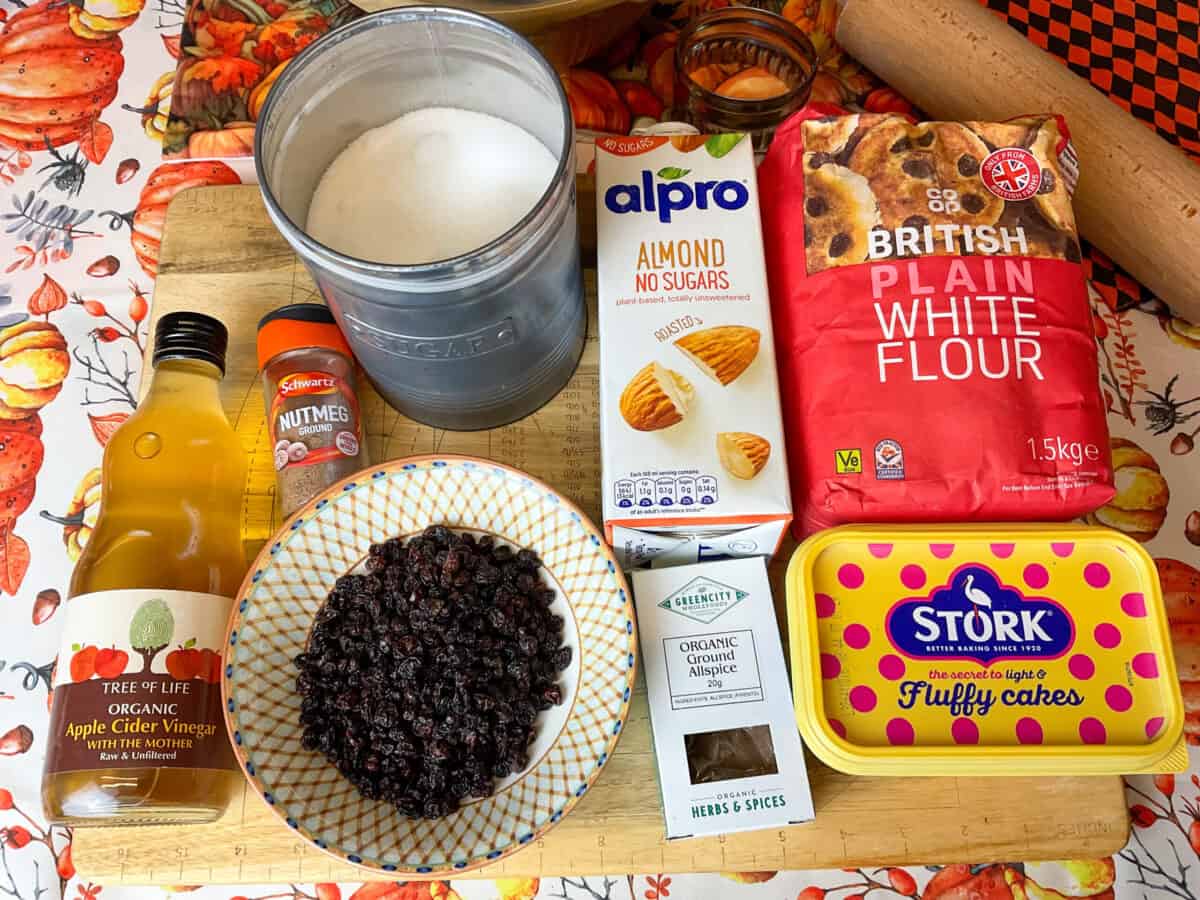
Step 1: Gather your ingredients - dried currants, margarine, plant-based milk [we went with almond milk as this was a home-made ingredient in medieval Britain], plain flour [or all-purpose flour], ground nutmeg, ground allspice, salt, caster or granulated sugar, and apple cider vinegar. You also need medium oatmeal [which we forgot to add to the photo!]. This type of oatmeal is also known as steel-cut oats, Irish oatmeal or pinhead oatmeal.
Step 2: Pour the milk and apple cider vinegar into a small bowl, stir, and set aside until required.


Step 3: Add the flour to a mixing bowl along with the margarine broken into clumps.
Step 4: Using your hands rub the flour and margarine together until it looks like breadcrumbs in texture.


Step 5: Add the sugar, currants, nutmeg, allspice, oatmeal, and salt and stir through the flour mixture.
Step 6: Pour in the milk and vinegar mixture and stir well until it begins to clump together.

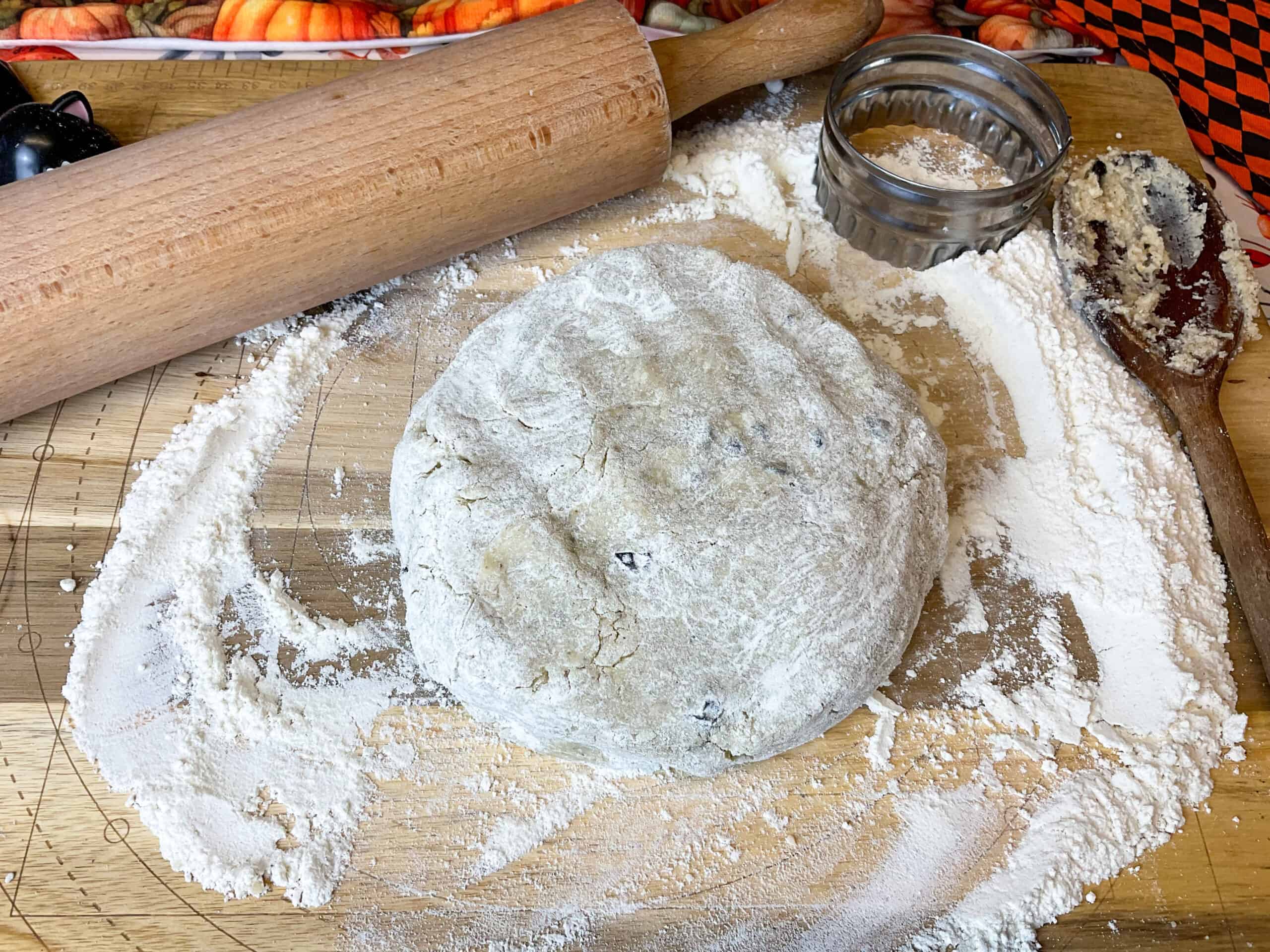
Step 7: Dust your hands with flour and bring the dough together into a ball it will be tacky but should still be able to be picked up.
Step 8: Dust your cutting board generously and flatten the biscuit dough a little with your hands.
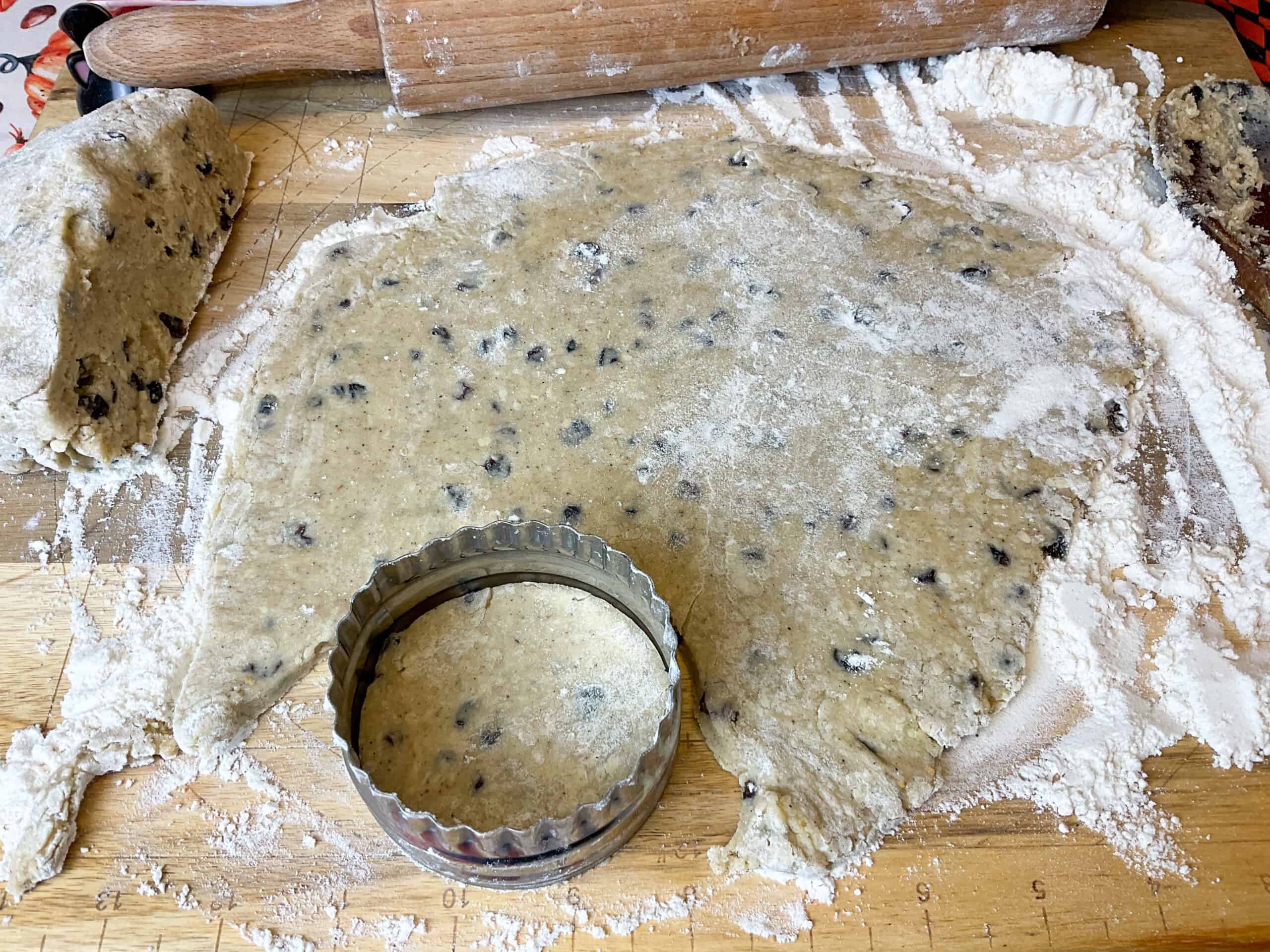
Step 9: Divide the dough in half as this will make it easier to roll. Roll out one of the halves to about half a centimetre thick. Stamp out rounds with a biscuit cutter and place on to a baking tray. Repeat until all the dough is used up.

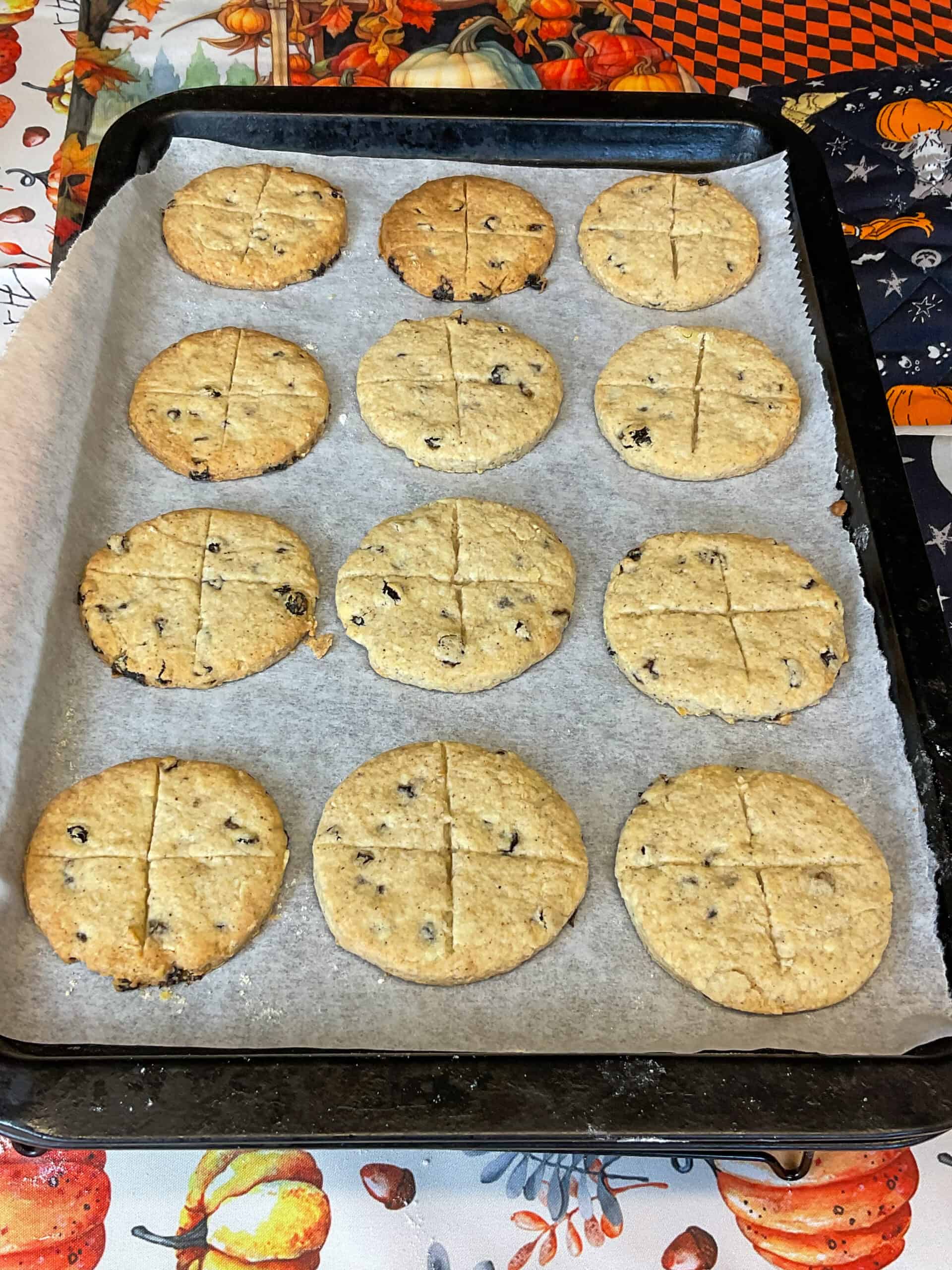
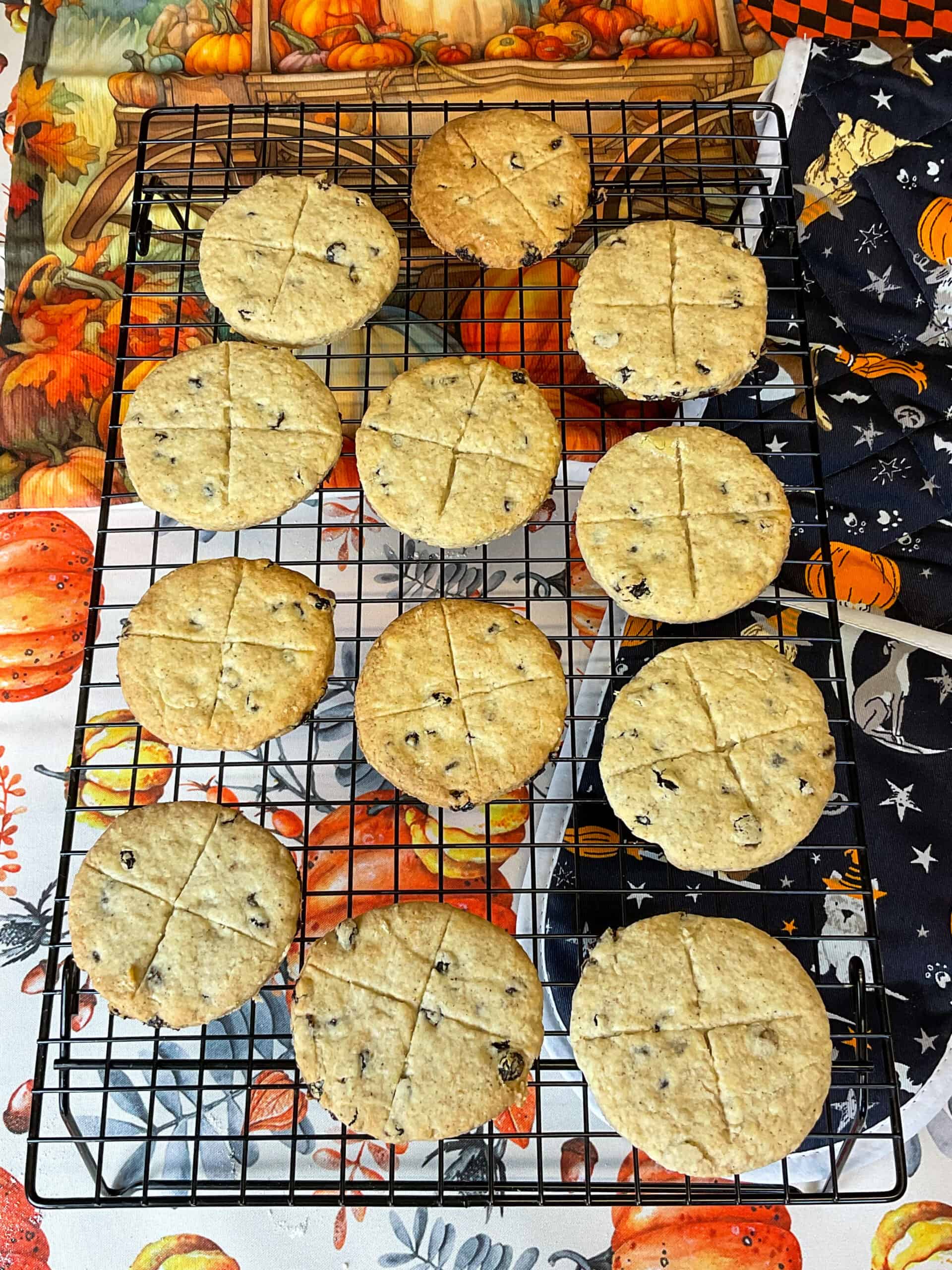
Step 10: Score a cross on each soul cake and bake for 20-25 minutes until lightly golden.
Step 11: Transfer to a cooling rack to cool completely. The biscuits firm up as they cool.

These crispy biscuits keep well in the biscuit tin or jar and are a nice every-day type of biscuit for dunking in your tea or coffee. They are somewhat similar to Garibaldi biscuits and McVities Fruit Shortcake biscuits, and are also along the same lines as home-baked traditional British Easter biscuits. However, Soul Cakes are still their own unique bake.
🧾 Recipe notes
⏲️ Storing
Soul cakes can be stored within a biscuit tin or jar for 3-4 days. Although they are at their best 1-2 days after baking. Or frozen for 2-3 months well wrapped to avoid freezer burn and moisture affecting the biscuits texture.
📋 FAQ'S
Probably because throughout history words have evolved and the terms cake and bread used to be applied to many different bakes rather like catch-all terms. The term cake was once used for certain shapes of small loafs of bread. Soul Cakes have also been historically referred to as bread.
Also, soul cakes were regarded as a type of oat cake which is a thin crisp biscuit and not a cake, and in turn oat cakes evolved out of traditional Scottish flat breads called bannocks. Historically, a biscuit evolved when bread was baked twice and a crispy biscuit like bake was the outcome. Soul Cakes also contain oats and can be used in much the same way as an oatcake - such as spread with butter, fruit jam, or other spreads or toppings.
We have not tried this recipe as gluten-free but from previous experience you could try replacing the plain flour with a gluten-free plain flour blend and sifting through a quarter teaspoon of xanthium gum into the flour.
As gluten-free flour tends to be a thirsty flour it make require more milk added to the recipe.
So if your biscuit dough is too dry to roll out and stamp biscuits, then you can incorporate a small amount of extra milk until the dough can be easily rolled out.
Another consideration is that ordinary oatmeal is not considered gluten-free due to cross-contamination issues while processing the oats, so do use a certified gluten-free oatmeal, rolled oats, or old-fashioned oats.
Also, check all your other ingredients just to be sure that they are all free from gluten ingredients.
Do let us know if you prepare this recipe as gluten-free as we would love to know how the biscuits turn out.
Yes, but not exactly. In the United States, a cookie comes in a variety of flavours, shapes, and sizes and they can be soft and chewy like chocolate chip cookies or crisp and thin like sugar cookies. On the other hand, the term biscuit in the U.S. refers to a type of quick bread that is prepared with baking powder or baking soda, similar to what would be called a scone in the UK.
In the UK, a "biscuit" tends to be a small, sweet baked item that is crisp and often dunked in tea. Varieties include digestives, shortbread, and custard creams, among others. In the UK, we also have cookies, which are similar to what Americans call cookies but they are typically the soft, chewy varieties like chocolate chip ot the softer but still crisp Maryland chocolate chip cookies.
Yes, you can switch out the spices for any you prefer including - cinnamon, ginger, mixed spice, pumpkin pie spice, apple pie spice, cloves, etc.
You can use whatever milk you normally use for these soul cakes but we used almond milk as during the medieval times almond milk was a common ingredient -albeit the poorer folk may not have had easy access to almond milk as almonds were very expensive as they were imported from the middle eastern countries.
We used caster sugar [also known as super fine sugar] for these soul cakes as this type of sugar has fine crystals that help to build a crisp biscuit like texture. However, if you can't source caster sugar you can use granulated sugar and perhaps if you don't mind the extra step you can pulse it in a food processer just to break the crystals up into smaller pieces.
We used medium oatmeal which is similar to pinhead oatmeal, steel-cut oatmeal, or Irish oatmeal. So you can use any one of those.
Yes, if you would prefer you can use rolled oats, porridge oats, or old-fashioned oats, instead of the oatmeal. However, its best not to use a jumbo oat variety as those are quite large flakes and could affect the biscuit texture. If necessary you could pulse large flakes of oats into smaller pieces using a suitable blender or food processer.
Despite the name 'dried currant' they are not actually dried blackcurrants or red currants. Instead dried currants are usually Zante currants. These are small, dried grapes from the Black Corinth grape variety and they are similar to raisins and sultanas but are smaller and often seedless. They have a sweet and tangy flavour and are traditionally used for bakes such as fruit scones, fruit slices, and the British steamed pudding spotted dick, to savoury dishes like salads.
Yes you can use raisins or sultanas instead. If your raisins are very big such as jumbo raisins its best to chop these up into smaller pieces before using for the biscuit recipe.
Surprisingly, almond milk does date back to medieval European as well as British cooking!
It's fascinating to consider that while almond milk has gained popularity today as a plant-based alternative to dairy, it has actually been around for centuries.
In medieval times, almond milk was used in a variety of dishes, both sweet and savoury.
It was particularly popular during periods like Lent and specific fasting days when the consumption of animal products was restricted by the Church.
Almond milk was made much in the same way it is today - by soaking almonds in water, grinding them, and then straining the mixture to obtain a milky liquid. This liquid could be used in cooking or consumed on its own.
Manuscripts like the 14th-century "Forme of Cury" (a medieval English cookbook) and other medieval writings contain recipes that call for almond milk, as well as ground almonds to make stews, soups, etc.
⚔️ More recipes with medieval roots
We love medieval inspired recipes as well as vegan and plant-based recipes so combining the two always results in a special kind of exuberant joy in our family kitchen!
A few of our favourite medieval style recipes are our Traditional British Mushy Peas which evolved from the pea pottages of old!
And our daughter invented her own Medieval Style Pottage one Halloween that we now enjoy each year during the spooky season. For an old-fashioned Scottish dessert that originated from medieval barley pottages you can't go wrong with our interesting and tasty Sweet Barley Pudding.
For another milky pudding that dates back to the medieval times our Creamy Rice Pudding is always a family favourite although in medieval times saffron was a commonly added to rice pudding!
***please note: for US measurements click the 'US customary button' within the recipe and the measurements will switch to tablespoons, cups, and ounces.***
📖 Recipe

Traditional Soul cakes [Medieval biscuits]
Equipment
- 2 Baking trays
- parchment or baking paper
- sieve
- Mixing bowl
- Rolling pin
- circular biscuit or cookie cutter 6-7 cm diameter
- Knife
- cooling rack
Ingredients
- 300 grams plain flour [or all-purpose flour]
- 150 grams plant-based margarine [we used Stork baking spread, or use vegan butter or your usual baking fat]
- ½ teaspoon ground nutmeg [can switch out the spices for your preferred ground spices or spice mix]
- 1 teaspoon ground allspice
- ¼ teaspoon salt
- 150 grams caster sugar [or granulated sugar]
- 75 grams currants [or raisins or sultanas]
- 2 tablespoons medium oatmeal [or pinhead oatmeal, steel-cut oatmeal, or Irish oatmeal]
- 70 millilitres plant-based milk [we used almond milk but you can use your usual milk]
- 1 teaspoons apple cider vinegar
Instructions
- Stir the milk and the vinegar together in a small bowl and set aside until its required.70 millilitres plant-based milk, 1 teaspoons apple cider vinegar
- Preheat the oven to 160 Fan, 180 C, 350 Fahrenheit, Gas 4.
- Line your baking trays with baking paper. You will likely need 2 trays.
- Sift the flour into a mixing bowl.300 grams plain flour
- Add the margarine broken up into pieces and using your fingertips rub the margarine into the flour until it resembles breadcrumbs.150 grams plant-based margarine
- Stir through the salt, spices, oatmeal, sugar, and dried currants.½ teaspoon ground nutmeg, 1 teaspoon ground allspice, ¼ teaspoon salt, 150 grams caster sugar, 75 grams currants, 2 tablespoons medium oatmeal
- Pour the milk mixture into the mixing bowl and stir until it all clumps together.
- Dust your hands with flour and press the biscuit dough together into a ball.
- Gently form a biscuit dough with your hands. If the biscuit dough seems too dry you can incorporate a few more drops of milk and if it seems too wet you can dust it with more flour until its easy to manage.
- Dust your work surface with flour and slice the biscuit dough into two pieces as this will make it easier to roll out.Dust your rolling pin with floor roll out the dough to about half a centimetre thick. Sprinkle flour over the dough if it sticks to the rolling pin during rolling.
- Using the cookie cutter press out rounds and carefully lift them up and place onto the baking tray. If any dried currants stick out from the cookie cutter sides just trim these off with a knife before transferring the biscuit to the baking tray.
- Continue pressing out rounds, and pulling the dough back together and rolling our whenever required. Repeat with the second round of biscuit dough. The first lot of biscuits can be baked while the second round are being prepared.
- Thinner biscuits will be more crisp compared to a thicker rolled biscuit.
- Use a knife to score a cross over each soul cake being careful not to cut the biscuit dough too deep.
- Bake for 20-25 minutes. The soul cakes will be lightly golden brown and firm to touch, but will crisp up more as they cool. If your biscuits were rolled quite thin they will require less baking time so check to see how they are going after 15-18 minutes especially if you are using a fan oven as these tend to bake faster.Transfer the biscuits to a wire rack to cool.
Notes
- Nutritional information is for guidance only and is not intended as a strict calculation as ingredients can vary.
- These Soul Cake biscuits are similar to Garibaldi biscuits and McVities Fruit Shortcake biscuits, and are also along the same lines as home-baked traditional British Easter biscuits. However, Soul Cakes are still their own unique bake.
- Soul Cakes can be stored for 3-4 days within a biscuit tin or jar.
- Or frozen, well wrapped, for 2-3 months.
- As Soul Cakes are considered by some as a variation of an oatcake you can also enjoy the Soul Cakes the same way - such as spread it with butter or margarine, fruit jam, or other spread, and perhaps also top the biscuit with some sliced vegan cheese.
- However, the best way to enjoy these biscuits is with a nice cup of tea or coffee for dunking the biscuit into! The warm spices compliment the flavours of malty tea and earthy coffee. However, our kids also like a nice glass of chocolate soya or oat milk with their biscuits.
- Instead of dried currants [which are a type of raisin] you can use raisins or sultanas although do chop any large raisins as currants are quite small.
- As we are a vegan family recipe blog we recommend using plant-based margarine and plant-based milk but of course if you have different dietary requirements you can use your usual ingredients.
Nutrition
💬 Comments
Prepared our Traditional Soul Cake recipe? We would love to know how you got on with the recipe so do pop back and drop us a comment below and click the star ratings. It's very much appreciated. Thanks so much! Jacq x
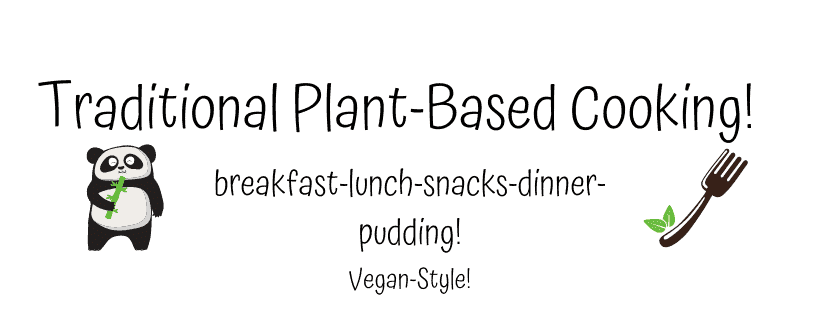

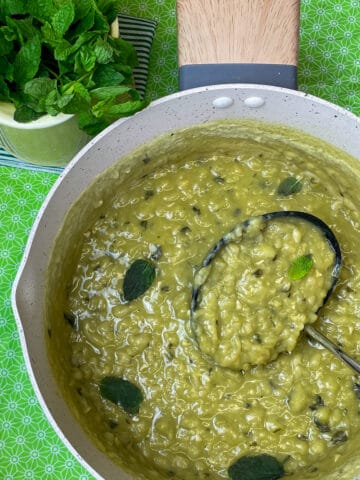
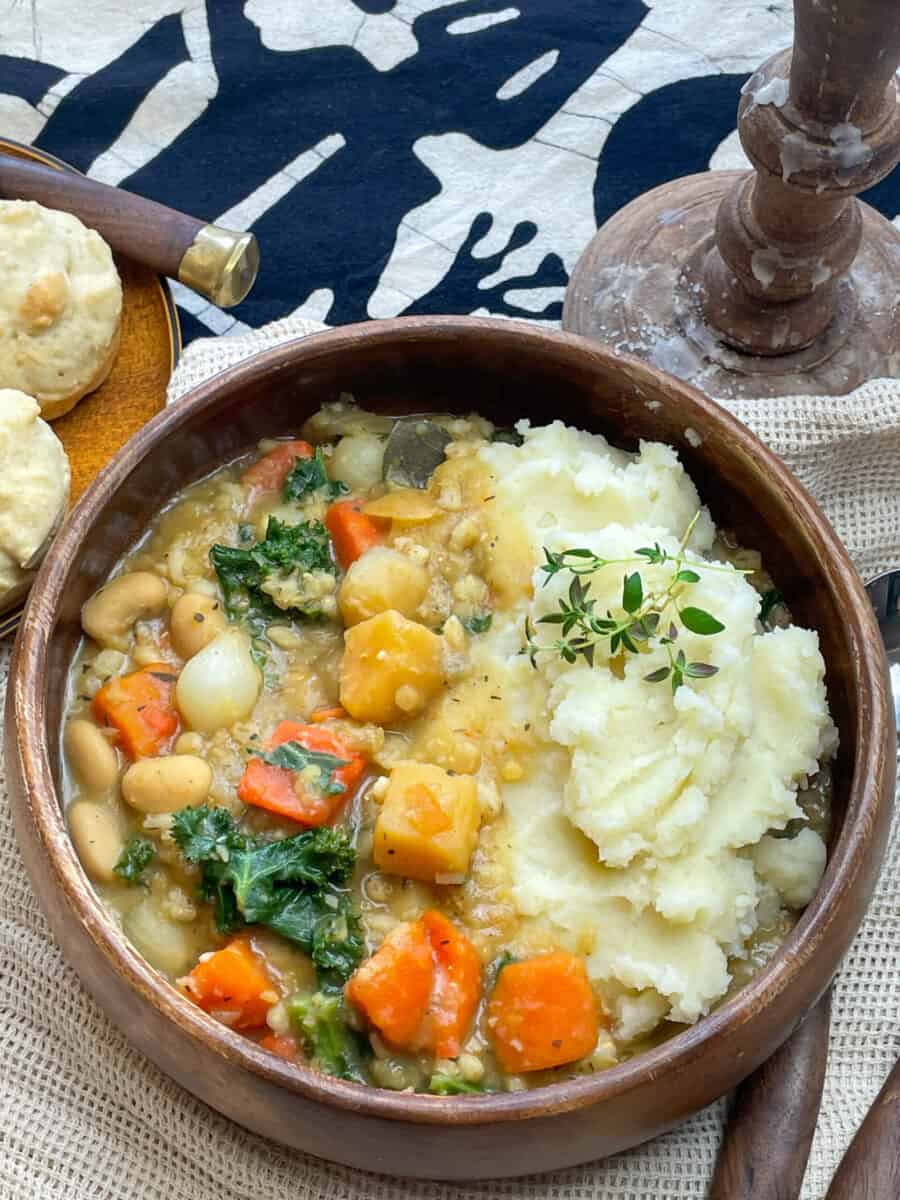
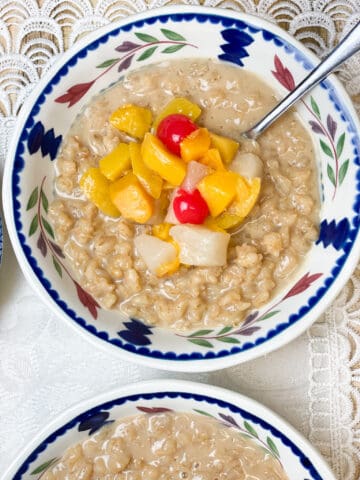
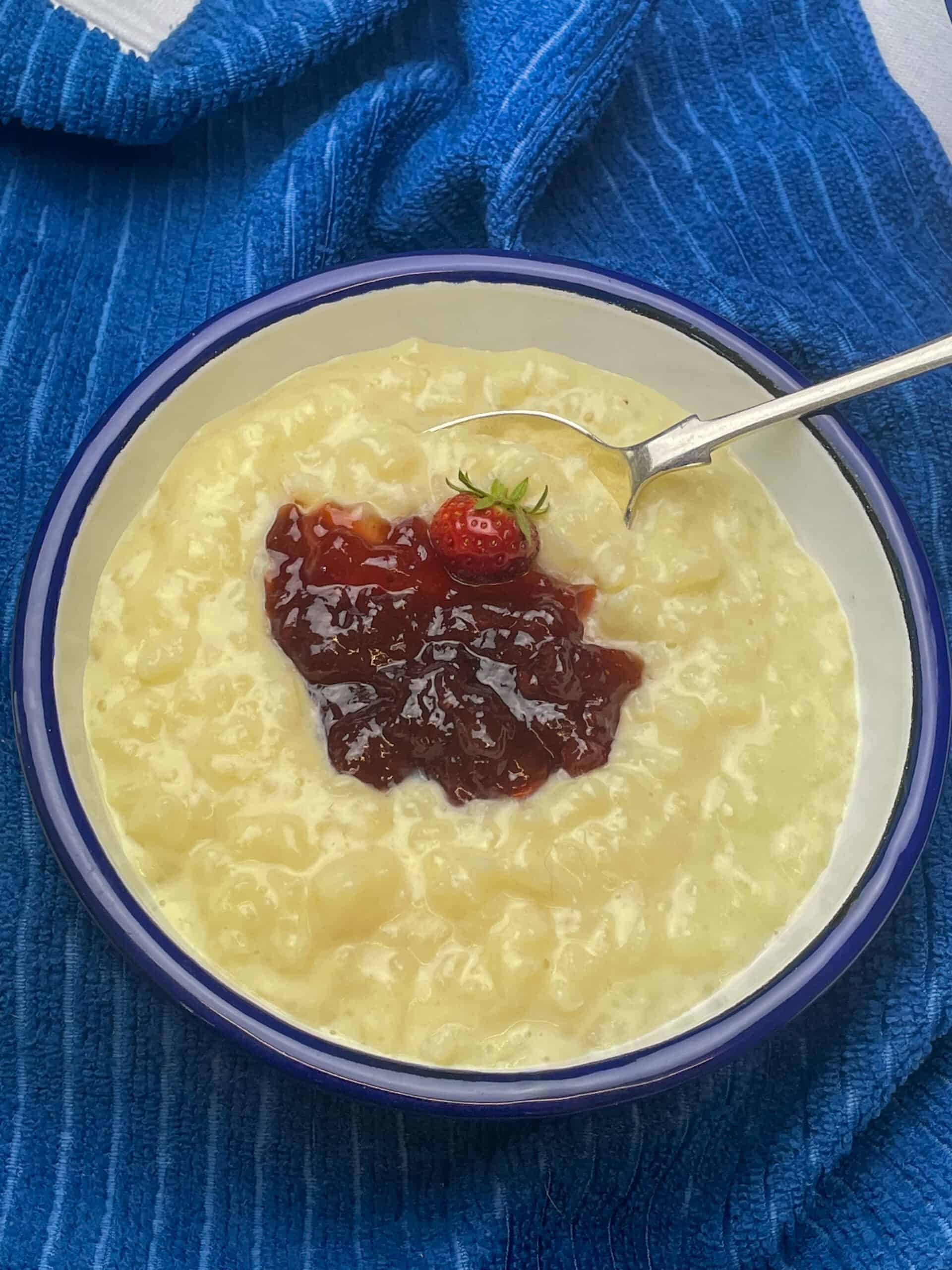
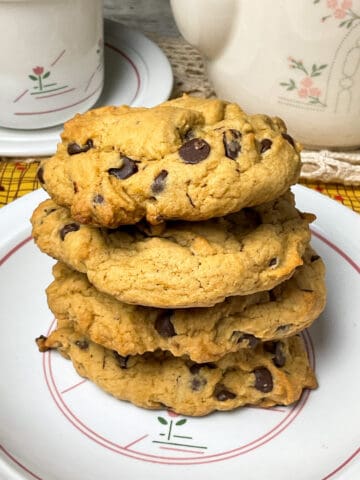
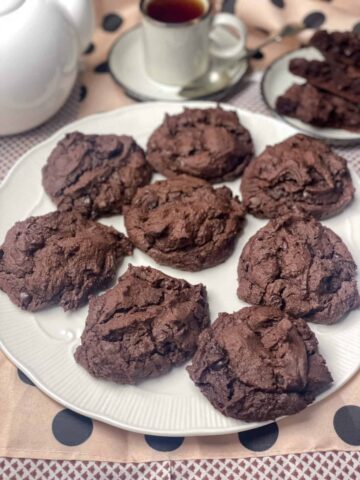


Leave a Reply